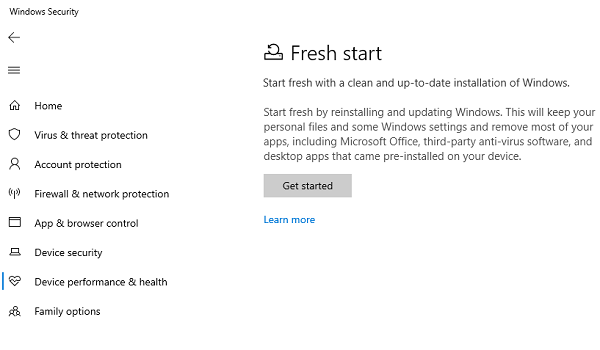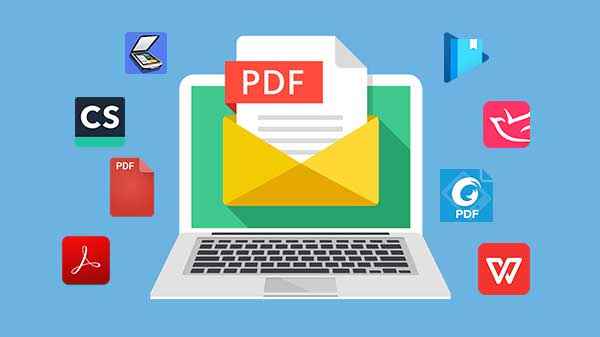Generally speaking, a quality data set is one that has no factual errors, no spelling or grammatical errors, is consistent in format and structure, and does not have a large number of missing values. It is the best version of your accumulated data, and fulfills the task that it was originally meant to do. Good data opens new avenues for analysis and forecasting and equips the company with a clearer lens to look at the ground reality.
Keeping factual and syntax errors aside, what constitutes good data is highly subjective. A data is ‘dirty’ when it hinders and blurs the insight it was initially supposed to give. There a variety of problems that could turn otherwise good data into a messy one: spelling errors, repetitions, incomplete information, outdated or redundant entries and a difference in formats and data types.
Qualities of good data:
Some features which constitute good data are universally applicable to all data sets when it comes to checking data quality. These are:
Accuracy: Accuracy measures how well the data represents reality. The data is said to be exact if it correctly portrays the picture and does not show what’s not there. The accuracy is observed in the context of how the data set is to be applied to a certain problem. So the same data set could be highly precise for one business problem, but faulty for another. Gauging accuracy and precision without a clear outcome in mind could cost more; since one field may require a higher level of accuracy than the other, so knowing the purpose behind acquiring a clean data set is highly important.
Validity: Setting some limits to answering questions in a questionnaire or form, such as giving options for gender, age, occupation, marital status are a method through which the acquired data can be validated. Open-ended answers may not always yield a proper answer, thereby lowering the quality of data acquired. Data validity is determined by the people of the relevant department, and therefore their judgment must be taken into consideration.
Consistency: Data in large organizations is collected from numerous sources, which causes differences in formats and variety. Good quality data is consistent and reliable in its form and type and must be stored with little difference.
Timeliness: The data should be collected at the appropriate time in the entire series of operations. It should be able to capture the true essence of reality at that point in time, otherwise, no matter how accurate it is, untimely data becomes redundant.
All-inclusiveness: It is important that the data gathered is inclusive of all relevant details, and does not leave out important information behind. This could skew the data in the wrong direction, and show what is not there in reality. Domain knowledge is of utmost importance here, as without knowing how complete the data is, its resulting analysis and business decisions could be highly flawed.
Accessibility: The data required should be easy to access for individuals who are working on the data problem. Government and corporate policies might hinder their reach, but it should be ensured that all possibly available data on the matter is easy to access.
Uniqueness: The level of detail involved when collecting data is of high importance as well. The level of detail taken into consideration can also affect the results, and it should be predetermined to avoid any data quality issues occurring later.
Data quality can be measured using different methods, each of which can be prioritized over the other depending on the business problem, the stage at which the organization is currently, and the data governance policy of the organization. What must be kept in mind is why you are collecting and cleaning this data, and how it is of use to your organization. All the steps taken later are based on this basic question.
Data quality tools and their effectiveness
Once the data collected is ready for clean-up, the role of a data quality tool comes into light. The other option is to manually clean data and remove factual issues and inconsistencies. This not only is more time-consuming but also a costly process, with no guarantee of accuracy.
However, data quality tools are specially designed to tackle the problem of untidy data. It comprises of data cleaning and matching algorithms that work in tandem to ensure that the resulting data set is ready for analysis and is of the utmost quality which the business problems demands.
An efficient data quality tool, such as the Data Ladder, uses several techniques to clean, match and organize data. It removes duplicates, creates data profiles of entities such as persons or businesses, extracts information from the available pool of data and organizes it into relevant sections. It also matches data across various databases and merges into a single source of cleansed data. It further removes errors and fills in null values with the help of predictive algorithms.
The ongoing need for clean data
The quest for clean, filtered and organized data is a never-ending one. Data streaming in constantly from various sources need to be cleaned as soon as it is collected to avoid accumulating heaps of untidy data, which would be a liability to your business. Data cleaning tools can schedule timely data clean-up operations to ensure your organization never suffers because of dirty data again. This greatly prevents wastage of time and the budget spend on data-related projects, and in turn, can be profitable to the business. A well-cleaned data set lets your organization make new discoveries and reveals your organization’s flaws as well as strengths, enabling you to take charge and make timely decisions.
Business intelligence, marketing, and CRM are the most significant departments which can utilize high-quality data. The never-ending need for clean data can be fulfilled by investing in data quality tools so that the data-dependent departments of your organization do not have to compromise on their efficiency and output, causing the organization’s business goals to fail.








Add Comment